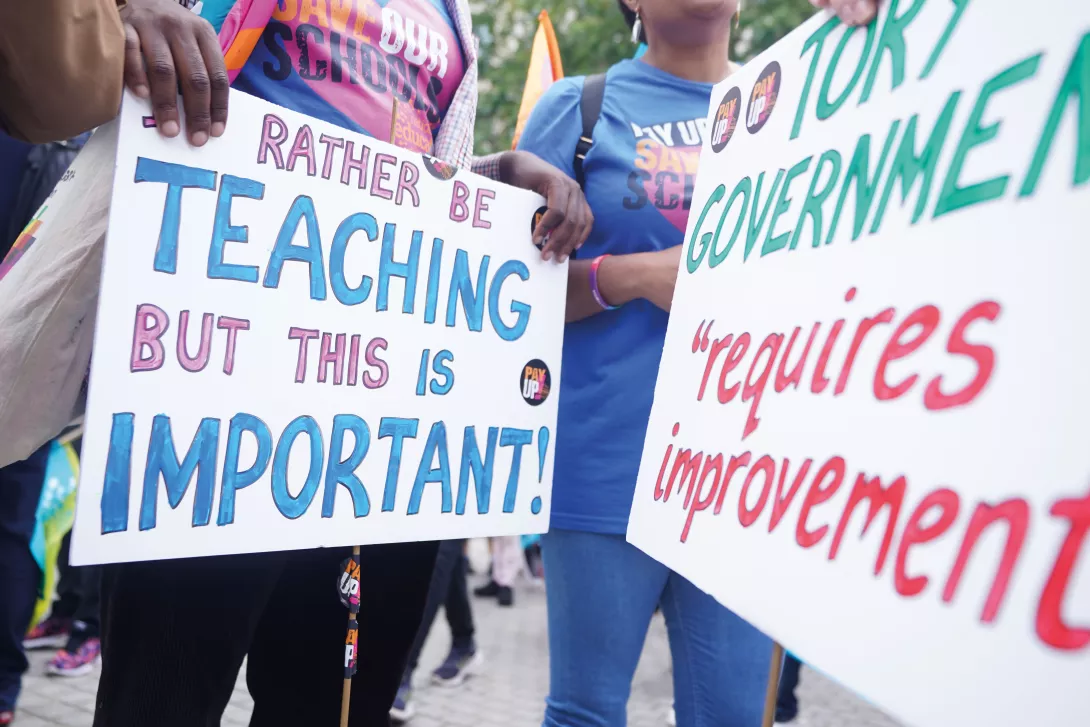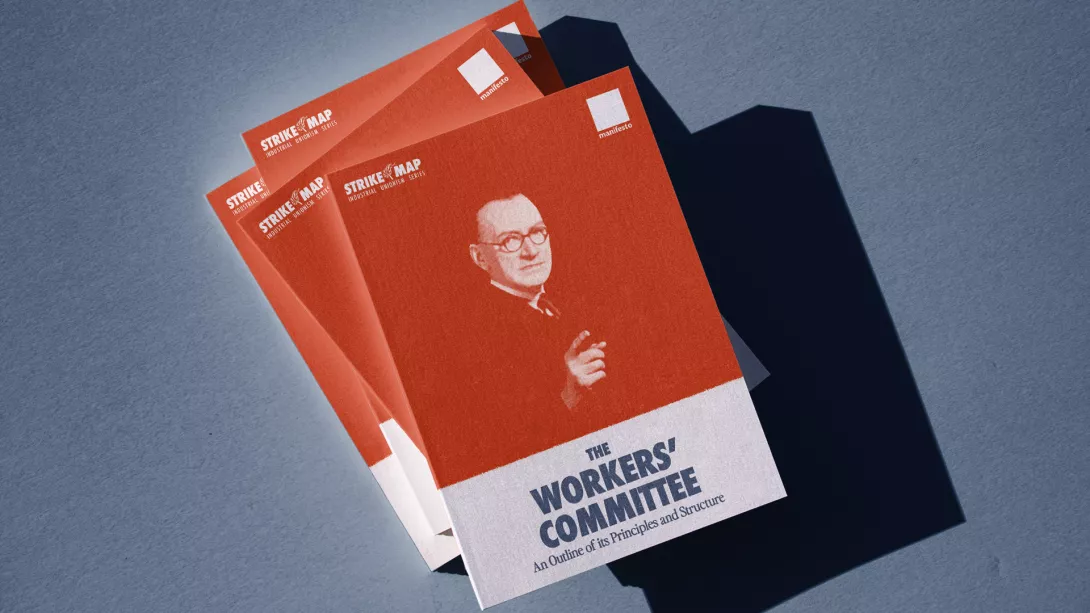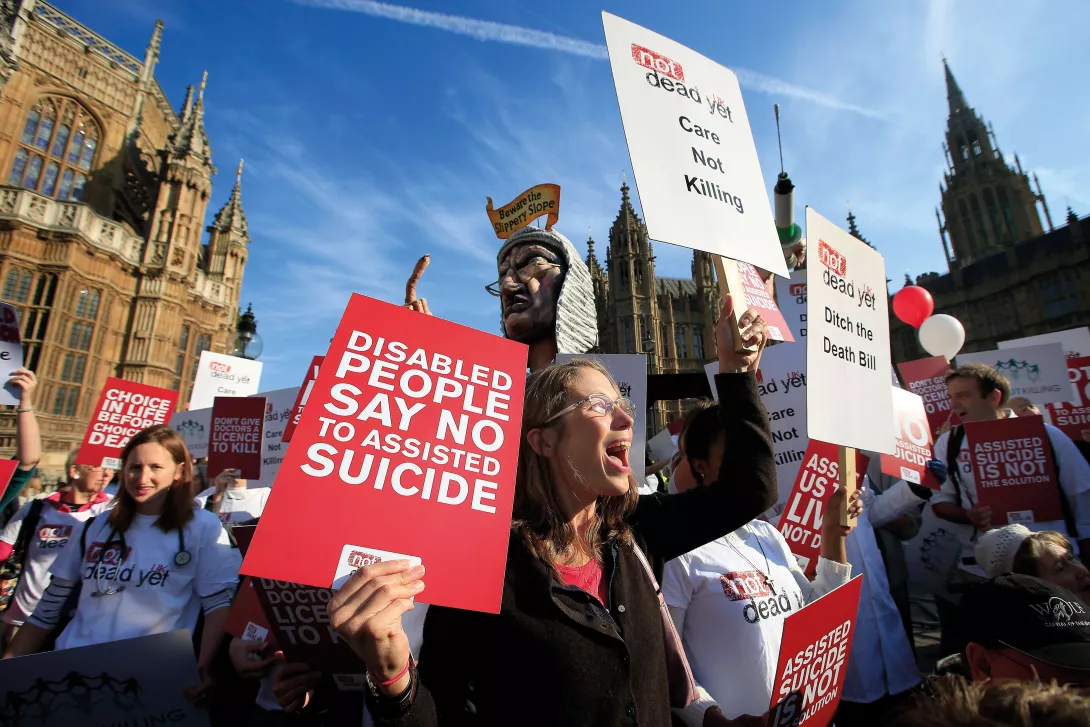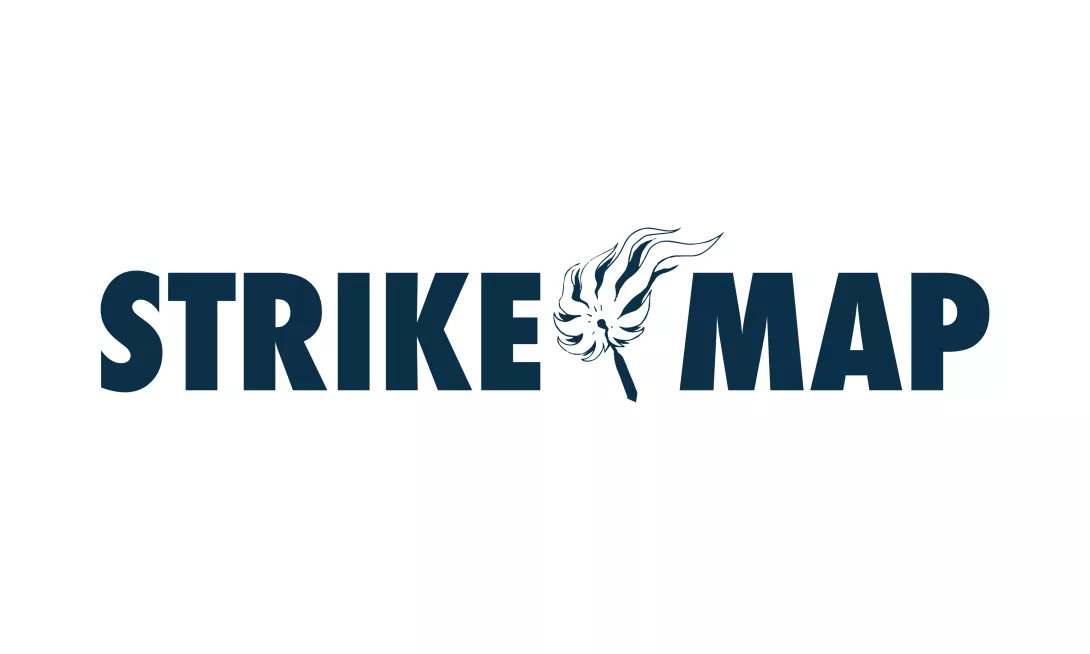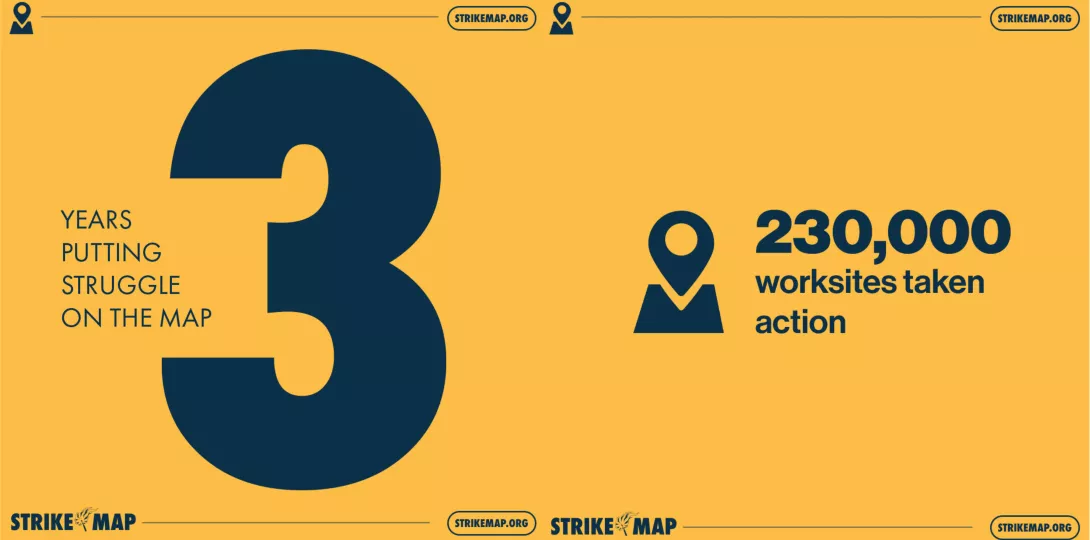
IN August it was reported that 3.9 million working days had been lost to industrial action in the past year, more than at any point since the 1980s. There are now 230,000 strikes in our database with the highest number coming from the National Education Union (NEU) which saw thousands of workplaces closed due to educators taking action.
We’ve had over 2 million views on our website, and over 4,000 people have pledged to “visit a picket.” We supported two mega strikes, the first on February 1 which saw half a million workers on strike from across five unions — NEU, PCS, UCU, Aslef and RMT plus other unions in local disputes. The second was on Budget Day Wednesday March 15 with London Tube drivers, teachers, doctors, civil servants, Amazon workers and many more downing tools.
We have seen several national victories across the movement. These include teachers who won a 6.5 per cent pay rise and other concessions after nine days of strike action by the National Education Union.
Members of the RMT union voted to accept a pay offer which included a backdated pay rise of 5 per cent for 2022-23 as well as job security guarantees after 18 months of action and CWU members voted overwhelmingly to accept a 10 per cent pay rise on a three-year deal with Royal Mail.
We also saw several local Unite disputes end in wins for example Wirral bin strikes ended with a 15 per cent pay rise. Unison won a massive 25 per cent rise for workers at Ash Field Academy in Leicester — backdated to 2022 alongside a £2,000 one-off payment — after 43 days of action.
At the same time though 200,000 people left trade unions. Trade union density is falling in traditionally strong areas. Collective bargaining coverage, once at around 80 per cent, is now down to almost 20 per cent.
Density in the public sector? Now below 50 per cent for the first time. The picture in the private sector? Just 12 per cent. Worryingly this is at a time of intensive strike action where we would expect to see numbers rising and our movement strengthening.
Despite our declining movement, public perception of trade unions is highly positive. Unions have become the clear vehicles safeguarding working-class life people, and promoting their interests, in a vacuum left by his majesty’s opposition.
Organise Now — a project we co-founded with BFAWU, Notes from Below, now supported by Aslef and the NUS — turned a year old in 2023 and continues to reach out to workers in tough-to-organise sectors, utilising the hopes this period of interest in unions to begin to re-grow and revitalise our movement.
The Tory government has sought to further strengthen their already draconian anti-strike laws with the introduction of the Strikes (Minimum Service Levels) Act. It is clear that we are under attack and our numbers are falling.
This comes also as the cost-of-living crisis plunges millions into financial peril and the Conservative government has sided with capital over labour and to their shame it seems like the opposition has also.
This points us to the conclusion that the trade union movement needs radical change. What has been done over the past 40 years is not working. Strike Map believes that now is the time for a change.
This is one of the reasons why we partnered with the General Federation of Trade Unions (GFTU), a trade union federation with a long history of supporting the working-class struggle and education.
The GFTU was formed in 1899 on the principles of solidarity, education, and unity in action. These are aims that Strike Map has always shared. Partnering with the GFTU has given us a permanent home and has allowed us to share our campaigning skills and expertise with them.
We launched in December 2020 with three clear aims: document and present the levels of strike action in the country; enable others to see the levels of action and pass on messages of solidarity; encourage other workers in their struggles. We later added a fourth aim: bring those leading struggles together through a network.
As every year Strike Map has dedicated our time to meeting these aims. Beyond just posting the location of pickets we have helped local campaigns — St Mungo’s where we hosted a letter-writing campaign to scab agencies and trustees.
After three months of strike action and campaigning, workers won a 10.74 per cent pay rise, £3,125 in cash terms. We supported striking NEU educators at Waltham Forest where hundreds of people emailed Education Secretary Gillian Keegan opposing cuts and academisation. The result was the multi-academy trust chain pulling out before the planned strike action needed to take place.
We have also supported grassroots campaigns and rank-and-file groups, co-organising a fringe with NHS Workers Say No at this year’s Royal College of Nursing conference in Brighton. This packed room echoed the demands of co-ordination of strike action between unions in every sector, to maximise our power and leverage.
We were pleased to also be a part of a 400-strong online meeting Build the Strikes, Link the Fights and Reject Bad Deals, which attempted to bring local BMA, RCN, and NEU groups closer together to support each other but develop co-ordination from below.
Strike Club has gone from strength to strength, moving from simply organising on WhatsApp to in-person events. Strike Club South East held two fundraisers and raised £500 for striking workers. We even launched a Join a Union beer, the sales from which provided £500 for strikers. We are excited to support the hundreds of people in regional groups to develop and grow.
We were honoured to be awarded the Ron Todd Award for social Justice. Todd was an English trade union leader who served as the general secretary of the Transport and General Workers’ Union and the foundation set up in his name celebrates his birthday each year by hosting the Ron Todd Lecture. Our co-founder Henry Fowler was present to accept our award. The foundation states that it “knows that education… is about real people, sharing their stories, inspiring social action” — principles at the heart of Strike Map.
Dedicated as we are to political education and encouraging and supporting workers in their struggle we launched this year our industrial unionism pamphlet series, the first of which was a new edition of the 1917 pamphlet The Workers’ Committee written by JT Murphy.
Murphy was, in the words of his biographer Ralph Darlington, “one of the leading worker-intellectual figures of the militant first world war national shop stewards and workers’ committee movement.” We agree with Ralph that there is much relevance for today in this pamphlet, setting out as it does a blueprint for union renewal from the bottom up.
This feels particularly relevant at present with the surge in interest in rank and file organising and we have been involved in a number of conferences up and down the country — from the Troublemakers Conference this summer in Manchester to the Workers’ Summit in London. These events have brought workers together with nascent networks forming.
Strike Map never stands still. This year we have seen a number of exciting upgrades to our website. One of which is the new ability to add campaigns as well as strikes. This has meant we can show other forms of struggle from rallies to workplace actions. This launched after we received a call from over 30 Palestinian trade unions and professional associations to end all complicity and to stop arming Israel.
2023 was also the year that we went international with our first strikes in continental Europe. Changes to our map mean that we now have the ability to add industrial action taking place anywhere in the world. If you look on our map you will notice pins in Sweden highlighting action being taken against Tesla.
As we have said, we are under attack. The government will push through legislation that will effectively make it illegal for some workers to strike. We will not sit idly by and watch this happen. In fact, we have already started our campaign against it.
In January we proudly co-hosted a defend the right to strike rally and action planning meeting with our friends the Campaign For Trade Union Freedom, before launching a Defend the Right to Strike campaign with reps representing over a million workers signing up their workplaces.
We are confident that we are meeting these aims and thanks to the support of unions and comrades we are confident that we will continue to do so next year. We are under no illusion that there will not be challenges but we believe that our work is not only important but imperative.
In the words of Harry Pollitt, former general secretary of the National Minority Movement: “The labour movement must be transformed if the needs of millions are to be satisfied… Forward to a policy of working-class unity and struggle.”
Visit Strikemap.org or follow Strike Map on X @strike_map.

